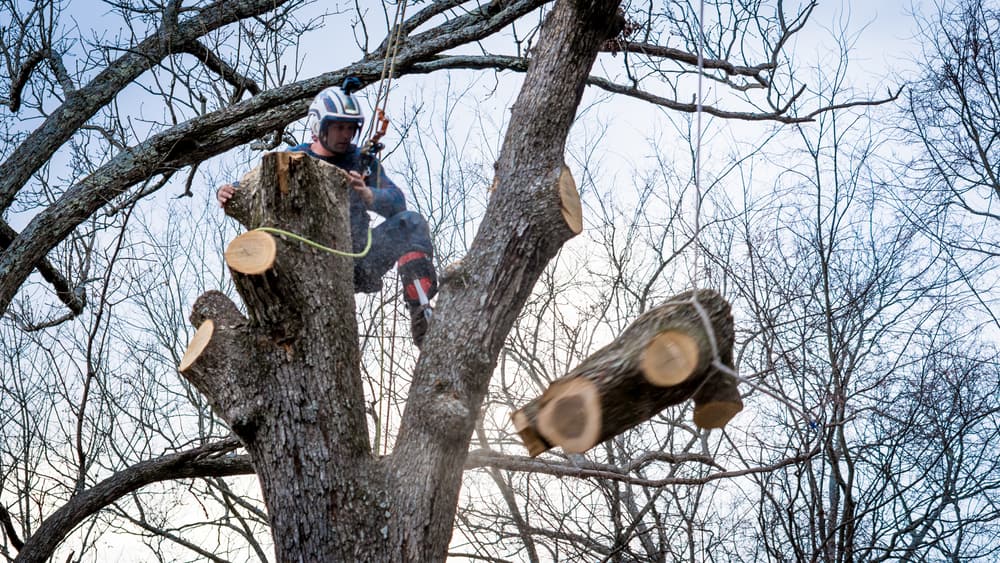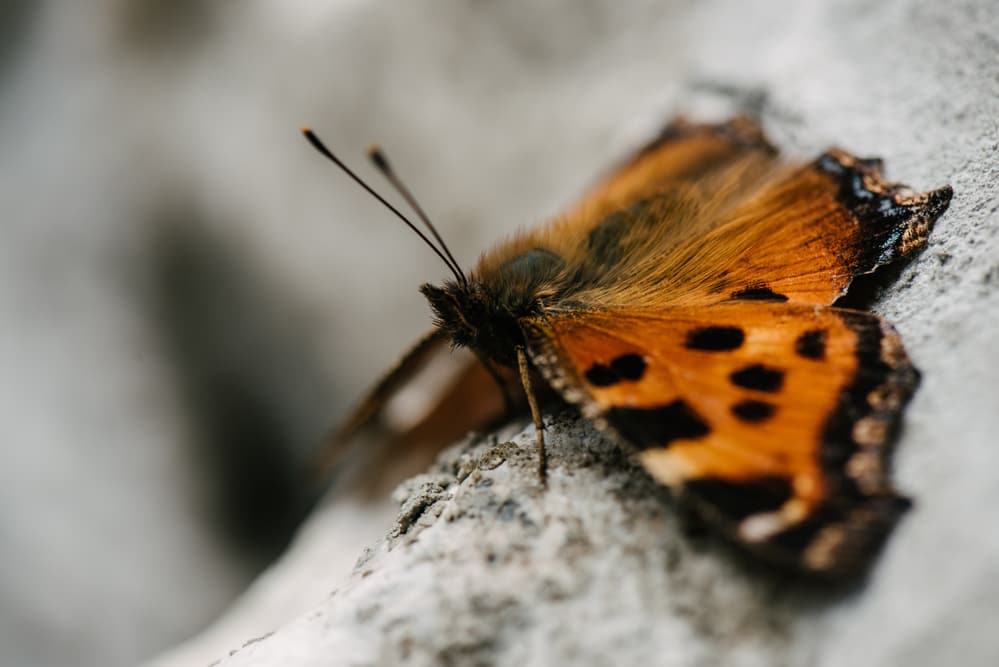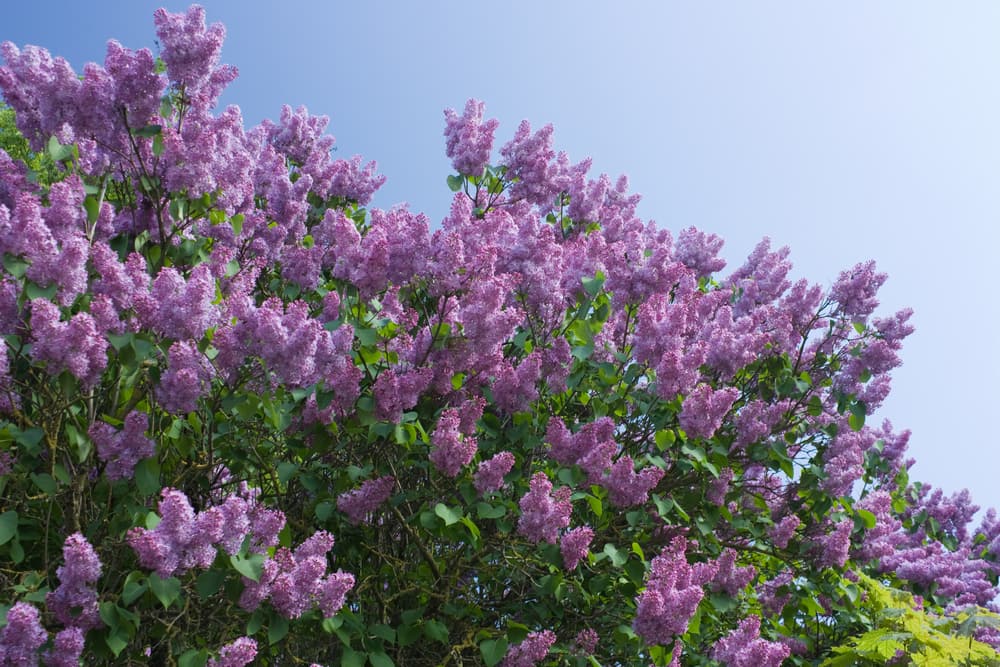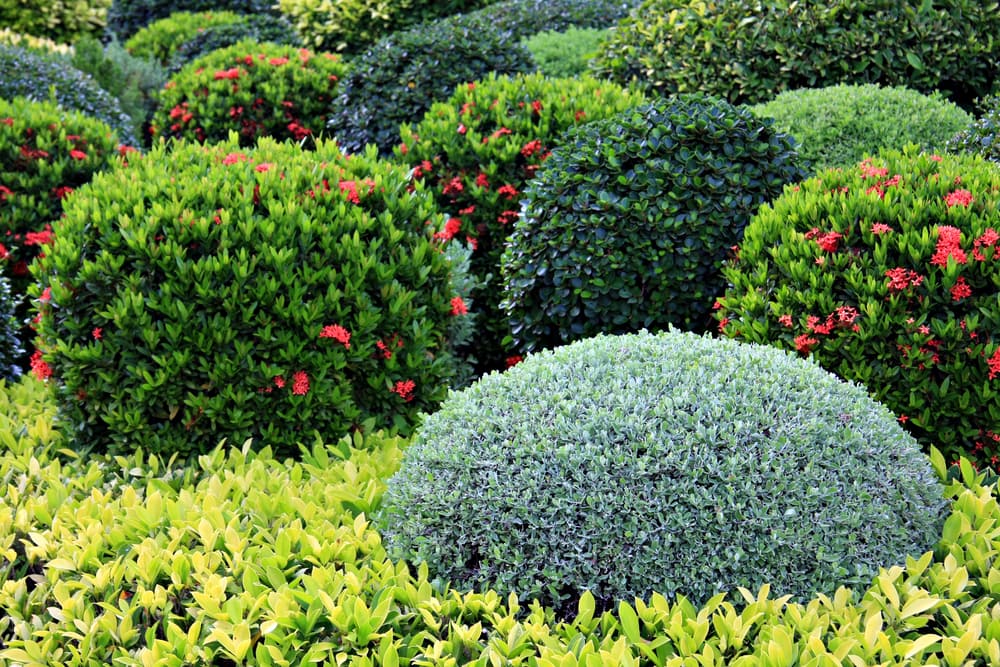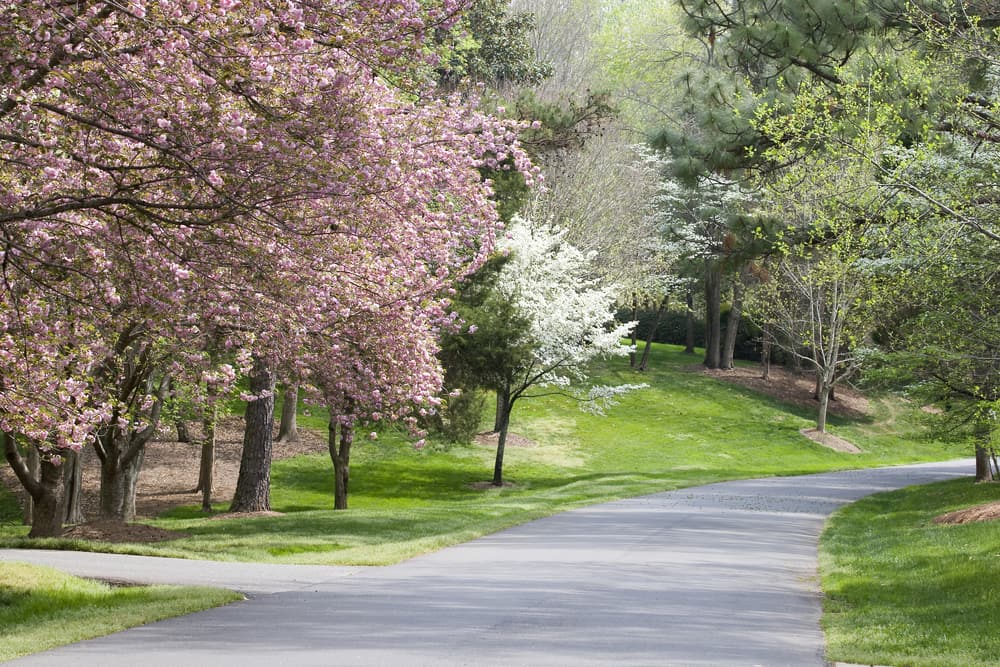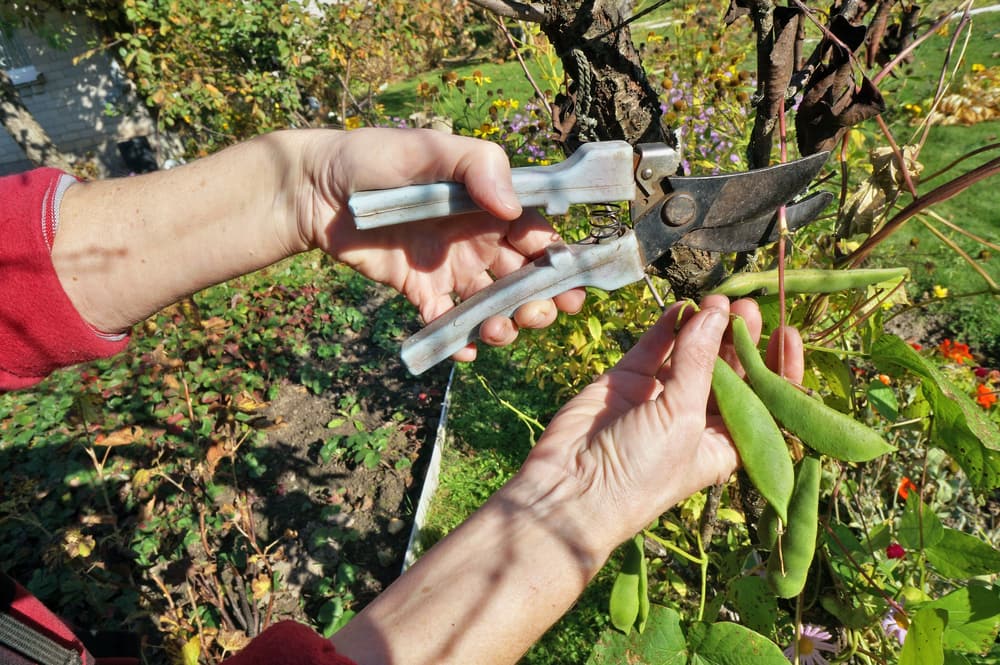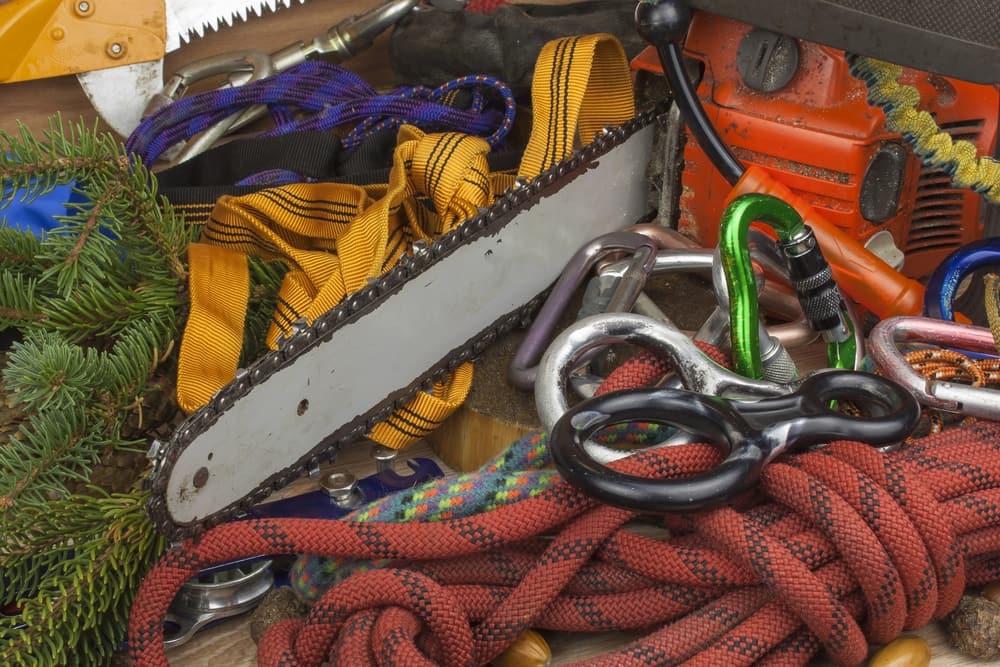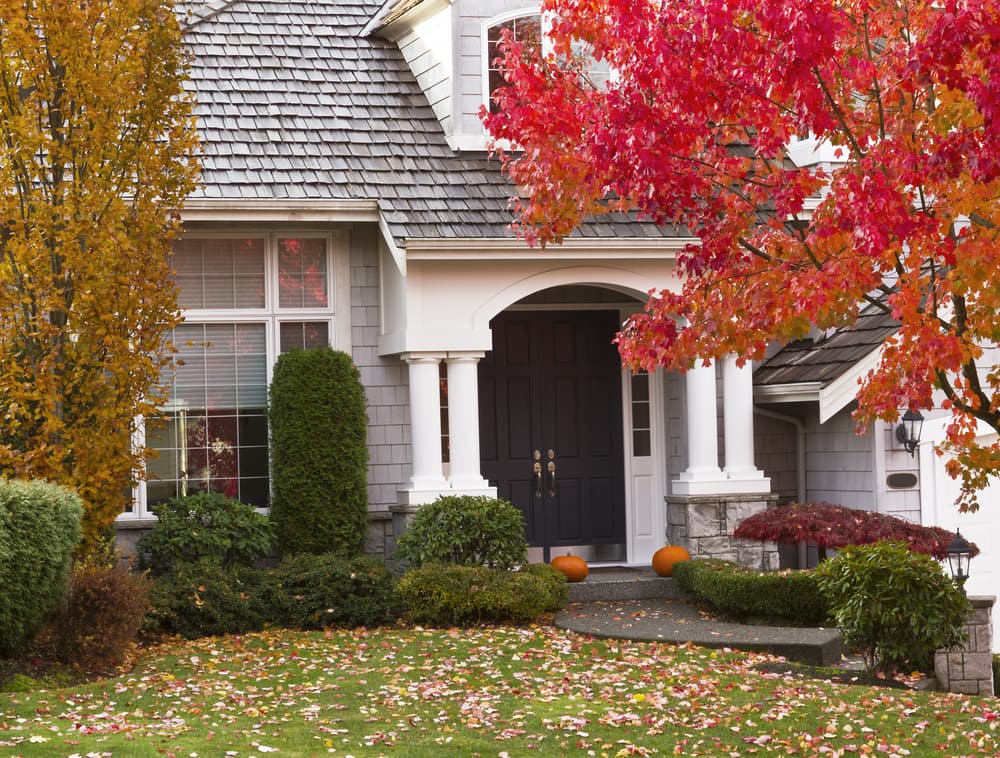
Tree health care professionals of British Columbia share tips for healthy trees for fall and winter.
5 Ways To Prepare Your Trees Now For the Colder Months
Though the primary growing season for plants and trees has come to an end, that does not mean there is less work to be done outdoors. A garden needs plenty of preparation for the long Canadian winters. Trees need a clean place to grow, watering, fertilizer, mulching, and pruning. This article will discuss these five tasks in greater detail.
Autumn Cleaning
Everyone knows that raking leaves and picking up fallen branches is good for an aesthetically pleasing lawn. What people may not know is that it can be beneficial for the health of your landscaping trees. Decaying leaves and dead wood are highly attractive to pests such as wood borers and termites. Fungal spores, bacteria, and other microbes also find perfect breeding grounds in moist decomposing organic matter. Cleaning all this up helps prevent pest infestation and tree disease. Trimming trees away from roofs and power lines can be great prep for possible winter storms as well.
Watering
All plants need watering, even trees that can draw moisture from very deep in the soil. Trees certainly don’t need as much water as they may have needed in the summer, but one good watering right at the root bulb and along with fertilizer as the tree goes dormant can be a good prep from late fall and winter.
Fertilizer
Fertilizer is like plant vitamins. It contains phosphorus, nitrogen, and potassium among other things, which help maintain soil pH levels and provide nutrients for the soil. Fertilizer in fall gives the tree a good reserve of nutrition during the fall and winter months. When using fertilizer, an amateur gardener should always follow instructions and should not fertilize newly planted trees because this can actually damage the roots. Consulting an arborist can be a good way to make sure you are using the right fertilizer for your trees.
Mulch
Mulch is a form of ground covering that can be organic(i.e. manure, wood chips, newspaper, hay) or inorganic(i.e. stones, recycled tire shreds). Mulching is important insulation that helps protect a tree’s roots. It minimizes the evaporation of water and keeps the temperature of the soil a bit more regulated. At the very least, it helps insulate against extreme cold and extreme heat. Inorganic materials such as pebbles and sand can also be used as a weed barrier. When placing mulch there are a couple of things to remember:
- The depth of mulch should be between 2 and 4 inches.
- Mulch should not be heaped onto the trunk of the tree but should be placed on the roots with space around the trunk like a doughnut.
Too much mulch can smother a plant’s roots and heaping up mulch (especially the organic kind) can draw pests.
Pruning
Pruning is a different kind of cutting than trimming. Pruning is done for tree health and to promote healthy growth in the tree. This is a task that takes training, equipment, and experience. It is always best to hire a tree service company for this sort of task because:
- Safety: You and your household will be safer by allowing a professional to do the work.
- Equipment: Arborists have the proper tools for dealing with tree pruning.
- Training: Arborists and other tree care professionals have been trained to keep themselves and the trees from harm.
About VI Tree Service
VI Tree Service has 24/7 emergency response and provides extraordinary client care for all their services. We promote sustainability and affordable pricing to all the inhabitants of Vancouver, BC and the surrounding regions. Call us today for a free estimate.

